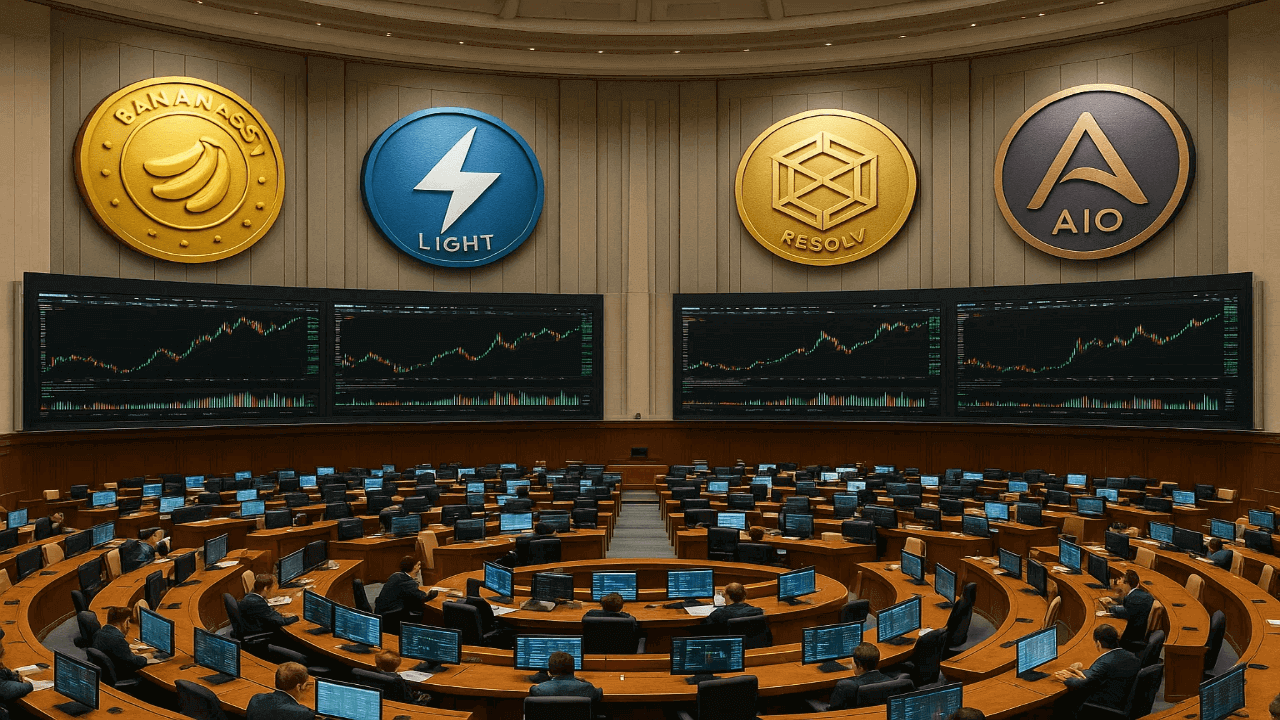Key Takeaways
- Waymo's Lidar technology is greatly more expensive than Tesla's camera-based system
- Currently, Tesla cars can only achieve level 2 SAE, whereas Waymo's cars are already level 4 SAE
- Tesla has announced a $0.12/Km vs Waymo's current pricing of up to $8.75/Km
- Waymo will need to find ways to remain competitive before Tesla launches its RoboTaxis
Introduction
Self-driving is becoming a more commonplace phrase in today's society. As such, more companies are entering the space. This is why we have drawn a comparison between Waymo vs Tesla to see which of the two car companies has a potentially more profitable future.
From my experience as an investor, I look to uncover the technology as well as the financials behind a company before committing any capital toward it. Below, we dissect which strategy is winning the wallet share—and which stock belongs in your 2026 portfolio.
Comparison between Waymo and Tesla
Both companies offer unique technology that is driving the future of transportation, both of which specialize in the autonomous driving industry. With this in mind, you can easily spot key differences, and similarities, between the two.

Lidar vs camera technology
The debate remains fierce.
- Waymo (The Sensor Fortress): Waymo’s 6th Generation hardware utilizes a fusion of LiDAR, Radar, and Cameras. It creates a 3D map of the world that allows the car to "see" in pitch black or blinding sun with millimeter precision. It is expensive, but it works.
- Tesla (The Neural Net): Tesla bets entirely on Computer Vision (Cameras) and its massive "End-to-End" Neural Network. The thesis? "Humans drive with eyes; cars should too." While cheaper to manufacture, this system still struggles with "edge cases" (like rare weather events) that LiDAR handles easily.
Actual autonomous driving
- Waymo: You can download the Waymo One app right now in San Francisco or Los Angeles, hail a car, and nobody will be in the front seat. It is a polished, Level 4 commercial product.
- Tesla: Despite the flashy "Cybercab" unveil, most public Tesla "Full Self-Driving" (FSD) still requires driver supervision. The dedicated Robotaxi pilot in Texas currently operates with human safety monitors ready to hit a kill switch. Tesla is chasing a Level 5 dream but is currently stuck in a "Supervised Level 2" reality.
Waymo vs Tesla pricing
Buckle up for this shocking difference between Waymo vs Tesla, because going with Waymo may pinch at the wallet. Currently, Waymo's autonomous taxi service will cost you $8.75/Km. In some cases, this is more expensive than an average human-driven Uber ride.
On the other hand, although Tesla hasn't fully rolled out its autonomous taxi services, the company announced its price will cost users around $0.12/Km! This is 98.6% cheaper than Waymo. If true, then Waymo may be in for a tough time with its competition.

Financial future between Waymo and Tesla
From an investment standpoint, the risk profiles are polar opposites.
- Alphabet (Waymo): Waymo is currently a "cash burner" for Alphabet, losing billions annually. However, they have the First Mover Advantage and trust. If they license their "Waymo Driver" to other car brands (like Hyundai or Geely), they become the "Android of Cars."
- Tesla (Robotaxi): Tesla’s valuation is heavily tied to the success of the Robotaxi. If the Cybercab fails to launch broadly in 2026 due to safety concerns, the stock could face a correction. But if they solve the autonomy puzzle, they unlock a trillion-dollar revenue stream.
Should You Invest in GOOGL or TSLA? (The 2026 Outlook)
- Buy GOOGL if: You believe safety and regulatory approval are the primary moats. Waymo is the "slow and steady" winner.
- Buy TSLA if: You believe AI will solve vision-driving quickly. Tesla is the high-risk, high-reward play.
Stop guessing based on tweets. Use Intellectia to track real-time institutional cash flow into Autonomous Tech stocks.

Conclusion
Based on the above analysis of Waymo vs Tesla, it is quite clear that both companies offer a unique service that compliments the autonomous driving industry. But, considering Waymo's expensive Lidar system and high travel prices, Tesla may reach maximum market penetration based solely on its competitive pricing structure.
For Waymo to remain competitive, the company will have to explore ways to greatly reduce its prices, if not, then I personally wouldn't bet on Waymo as a long-term contender in the self-driving taxi industry, purely because consumers won't want to pay the high travel fees.











